Heating your home or business with infrared heaters might seem like a modern concept, but in reality, they’ve been around far longer than you might think. If we ignore the most obvious form of infrared heat – the warmth we get from the sun – people have been using infrared as a source of heat for thousands of years, well before its official discovery. From ancient Chinese palm healing to wartime weapon surface drying, to the highly efficient infrared panels we know today – read on as we go over the history of infrared heating and why it’s here to stay.
Early beginnings: infrared heating in its most basic form
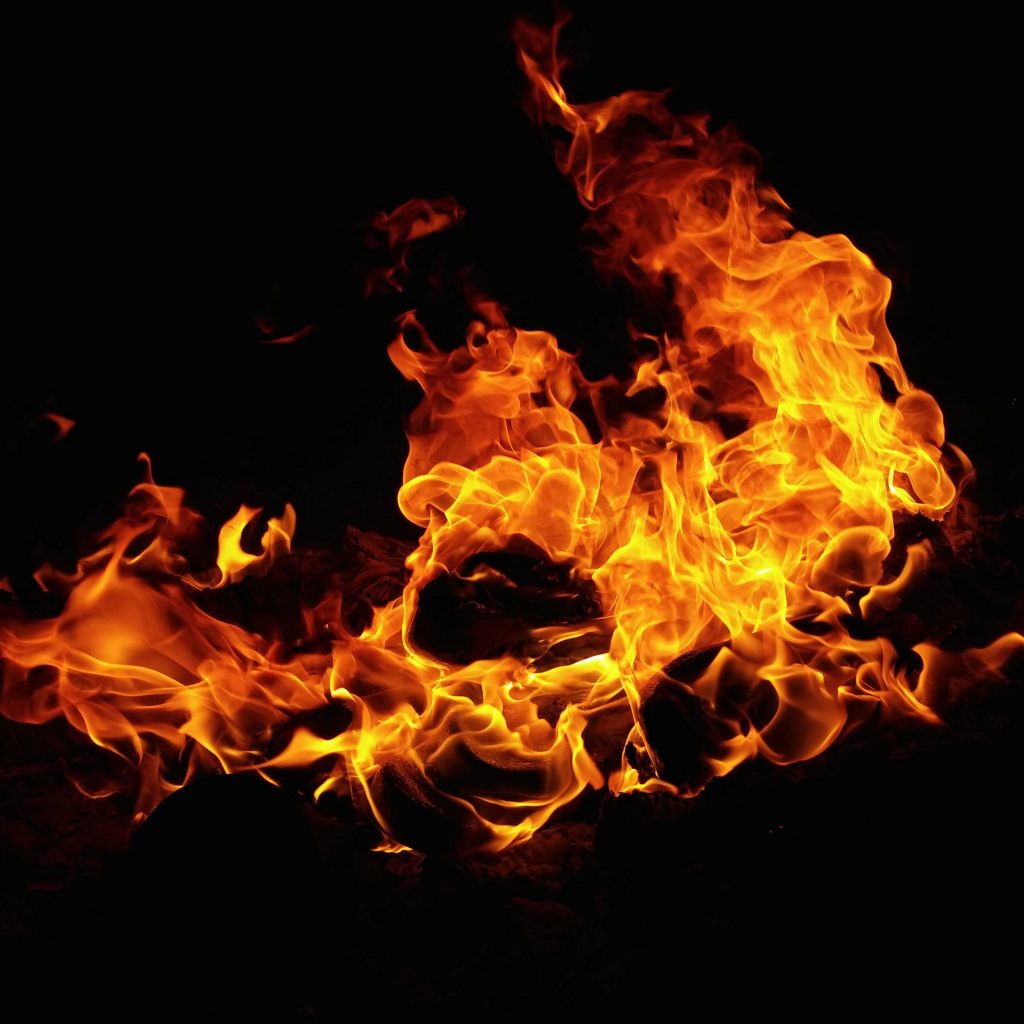
Humans have been using infrared as a source of warmth long before there was a concept for it. Think of cavemen gathering around fire and ancient civilisations engaging in sun worship. Basically, our earliest ancestors recognised the sun – and technically infrared, as one of the most potent forces in the universe. Other records from over 3,000 years ago show the Chinese art of palm healing involved the power of a warm touch to ease pain and treat headaches. The human hand naturally emits infrared radiation – the palm in particular containing a high level of thermal energy – thus infrared heat was used to encourage blood circulation, as well as blocking pain receptors to the brain.
So, thousands of years before humans even had a grasp of what it was, infrared was being used for warmth, healing and survival. Pretty impressive, we say!
The discovery: infrared and the electromagnetic spectrum

Flashforward to the year 1800. German-British astronomer Sir William Herschel discovered infrared radiation in 1800 while he was testing how sunlight passed through different coloured filters. He noticed that this seemed to generate varying amounts of heat, so took things one step further. Herschel used a glass prism to separate the light into the seven colours of the rainbow and measured the heat from each colour with a thermometer. He noted that the highest temperature went beyond red, deducing that there must be certain light rays not visible to the human eye. Thus, infrared radiation was discovered. William Herschel was the first, but a wave of brilliant minds had their own Eureka moments over the next century to discover the extent of the electromagnetic spectrum.
We sell a range of infrared panels and patio heaters manufactured by leading infrared heating brand Herschel, namesake of Sir William!
Rising in popularity: infrared heating through wartime
During World War II, infrared heating found a use in weapons manufacturing, of all things. Developing a much quicker, cheaper, and efficient technique, infrared heaters replaced fuel convection ovens to dry the paints and lacquers of military equipment. The power intensities were very low compared to today’s technology, but it revolutionised the use of infrared radiation and set the groundwork for what was to come.
Slow progress: infrared heating in the late twentieth century
After the war, the practise of using infrared in factory production continued, and in the late sixties and seventies, some homeowners opted to use near infrared heaters as a replacement for coal fires. But all in all, development fell to the wayside as industries took more of an interest in central heating systems, which had been a popular home heating option since the 1930s.
For the rest of the 20th century, you would ordinarily find infrared heaters in commercial spaces like workshops and factories or used in early forms of red light therapy. However, the idea of heating a home with infrared was simply not an option.
Firmly in the mainstream: Infrared heating today
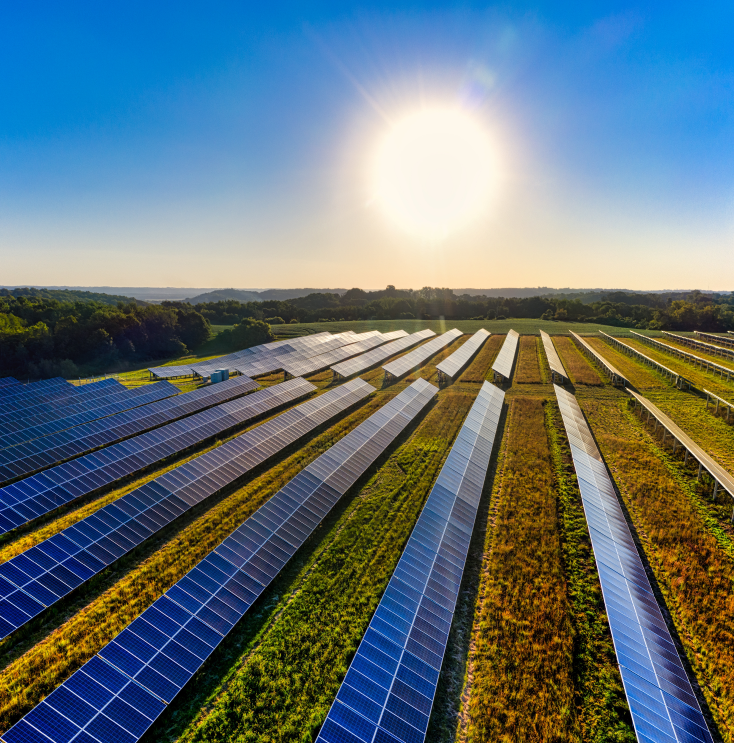
After almost a century of harvesting non-renewable fossil fuels for gas and oil-based central heating, home heating now makes up 14% of the UK’s total carbon emissions. With the threat of depleting recourses and rising global temperatures, efforts have been put into motion to reduce and eventually annul the UK’s carbon emissions by 2050. So, a low-carbon, cost-effective heating alternative is now more important than ever.
As near infrared can be too intense a heat source when used over a long period, in order to make it home-heating friendly, the focus over the last few decades has been on developing the technology of far infrared heaters. Emitting a more subtle form of heat that is easily absorbed by people and surfaces, these types of heaters are perfect for indoor application. You’ll even find it used in incubators for newborns as a way to regulate body temperature! For more information on the difference between near and far infrared, check out this blog.
21st century infrared heaters: what are the options?
Now we’ve caught up on our history, let’s take a look at the type of infrared heaters on offer today. After a few decades of improved research and development, infrared heaters are highly efficient and versatile heating solutions, ideal for a vast range of indoor and outdoor applications.
Infrared panels
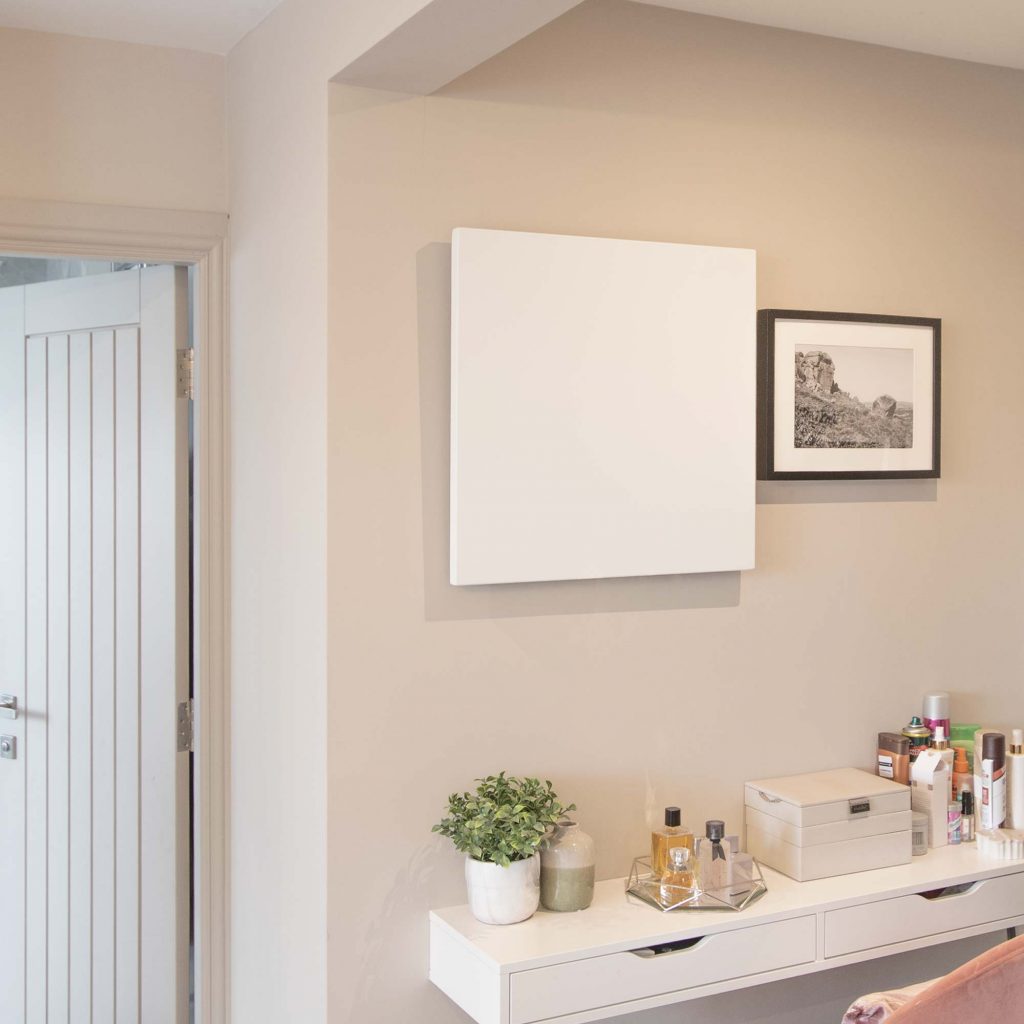
Ideal for: Homes and businesses
We recommend: Ecostrad Opus iQ WiFi Controlled Infrared Wall Panels | Ceiling
Discreet, lightweight and slimline, infrared panels are the undisputed favourites when it comes to modern domestic heating. Mountable on the wall or ceiling, infrared panels emit far infrared warmth, a particularly soothing form of heat that sinks deeply into walls and absorbed by people, animals and objects alike! In turn, warmth is re-radiated back, essentially turning a room into a 360 degree radiator. Since infrared panels are so efficient, they can work at a lower wattage than other heaters and produce the same results, saving you money in the long run.
Quartz heaters
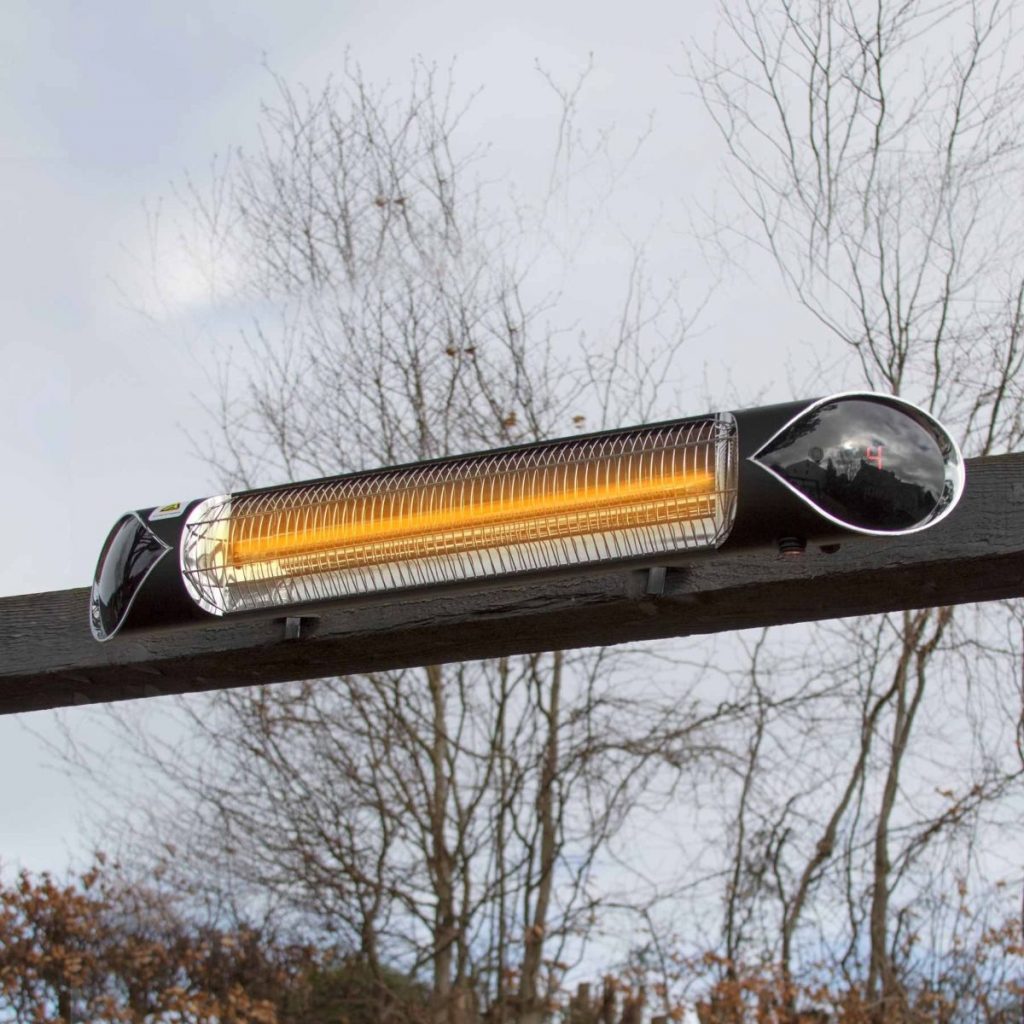
Ideal for: Outdoor spaces, including garden patios and restaurant terraces
We recommend: Ecostrad Thermaglo Patio Heater
Quartz heaters are among the first type of infrared heater ever manufactured. Using near infrared, they deliver robust warmth very quickly, perfect for outdoor spaces because the short wavelengths produced can withstand even the windiest of weather. Unlike solid fuel and gas patio heaters, quartz heaters require no maintenance, are extremely efficient and contain customisable heat outputs and intensities – for more information, check out this blog. With quartz heaters, your outdoor space benefits from ideal ambient temperatures all year round.
Ceramic heaters
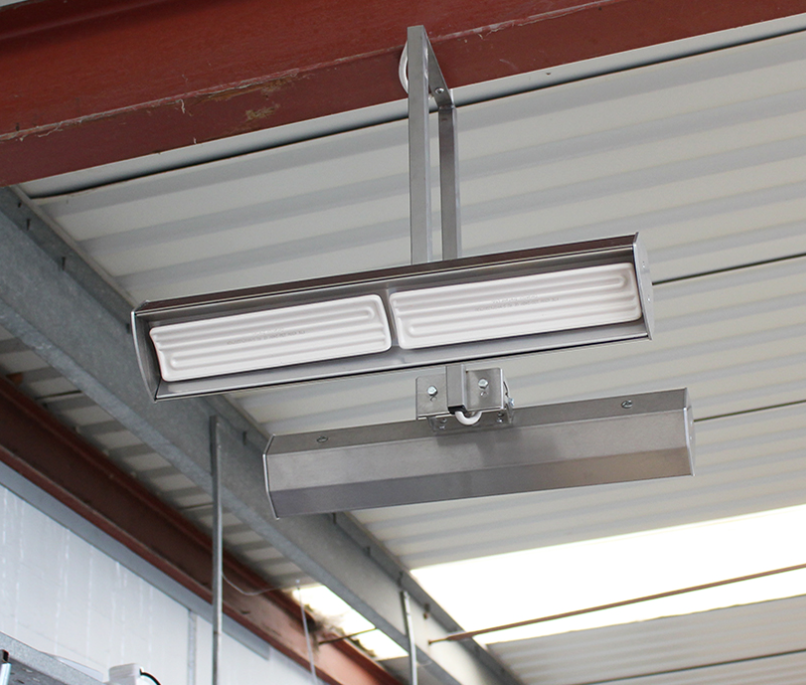
Ideal for: Large open plan spaces, from warehouses to hot yoga studios
We recommend: Herschel Advantage IR Far Infrared Heaters
A happy midpoint between the three, ceramic heaters emit longwave infrared – gentle enough to be left on all day, but robust enough to offset the colder temperatures felt in open plan, lofty interiors. Ceramic heaters have excellent thermal properties which allow them to emit heat effectively no matter the size of the area, making them incredibly adaptable. With compact housing and no visible glare, ceramic heaters are as discreet as they are efficient.
Get your future-proofed infrared heater today
There’s never been a better time to invest in infrared heaters. Coming in tow with a wealth of programming options and energy-saving features, you’re spoilt for choice with our vast collection. We’ve got WiFi-compatible infrared panels, discreet no-glare ceiling heaters, robust patio heaters, and panels with mirrored surfaces for dual practicality. Whatever your infrared heating needs, we’ve got a solution, so browse our full range or get in touch with our expert sales team today.

